The Cleavage Countdown: 8 Facts About Breasts
Boob Basics
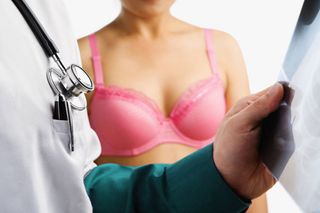
The quintessential embodiment of female sexuality, breasts have fascinated and mystified since the beginning of time. From the biology that makes breasts, and breast-feeding, possible, and the odd boob changes that occur with motherhood to historical perceptions of the hourglass shape, LiveScience the art and science of breasts.
The First Bra
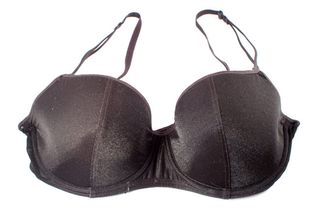
Women have strapped down their breasts with fabric bands or boosted their cleavage with body-shaping corsets for centuries, depending on current fashions. But the precursors to modern bras began to appear in the late 1800s and early 1900s. The magazine “Vogue” first used the term brassiere in 1907. In 1914, American Mary Phelps-Jacobs patented the first bra design, which consisted of two handkerchiefs sewn together with baby ribbon used as straps.
The first push-up bra came on the scene in 1948, introduced by Frederick Mellinger of Frederick's of Hollywood fame. According to Redbook magazine, the average woman today owns nine bras.
What's Inside?
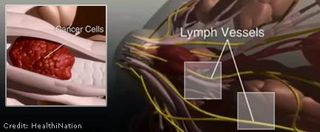
The breasts contain between 15 and 20 lobules filled with hollow cavities called alveoli, where milk is produced. These lobules are connected by ducts that carry the milk to the nipple. Fat, ligaments and connective tissue hold all of this milk-producing machinery in place.
The Art of Breasts

We've all seen nude statues and old oil paintings of ladies hanging out without many clothes on. Turns out, this tradition goes way, way back. Paleolithic cave art dating back to as long as 35,000 years ago portrays naked women with enormous hips and breasts (is it any wonder that archaeologists suspect that the artists were teenagers?).
Size Matters
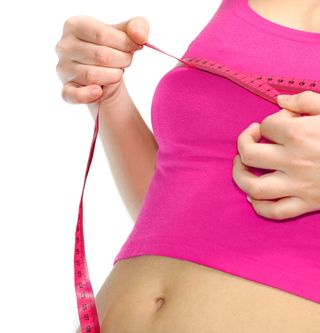
Whether you wear a double-A or double-D cup is likely partly due to your genes, with researchers pinpointing seven genetic markers (called SNPs) responsible for breast size. The study, detailed in the June 30, 2012, issue of the journal BMC Medical Genetics, also found that two of these markers are also linked with breast cancer; that suggests some of the same biological pathways may underlie normal breasth growth and breast cancer. However, that is not to say breast size is linked to breast cancer, the researchers cautioned.
Speaking of size, the average size for American women < ahref=”http://www.livescience.com/32397-what-is-the-average-american-womans-bust-size-.html”>is now a 36C.
Sagging Breasts
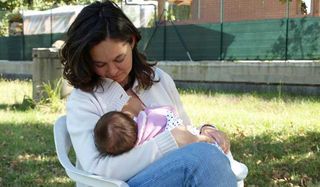
Bigger boobs are arguably one of the more appealing body changes of motherhood. But what happens when those hormone and milk-swelled breasts deflate once breast-feeding stops? Sagging breasts, or breast ptosis, for life? Turns out, pregnancy may weigh on a woman's boobs more than breast-feeding.
As a pregnant woman's breasts grow fuller and heavier, the ligaments and skin that support breasts stretch. When breasts shrink after delivery, these supports may not snap back to their former shape. Certain factors can make pregnancy's toll on breast firmness even worse. For instance, the older a woman is and the more pregnancies she's had, the more her breasts are likely to shrink. Smoking, too, can be a breast downer, as it breaks down a protein that gives skin (and breasts) its youthful elasticity. .
"Women may be reluctant to breastfeed because of this unfounded myth that doing so means the end of youthful breasts," University of Kentucky plastic surgeon and researcher Brian Rinker told LiveScience sister site Life's Little Mysteries in 2010. "Now, expectant mothers can relax knowing breastfeeding does not sacrifice the appearance of their breasts."
Breast Lumps
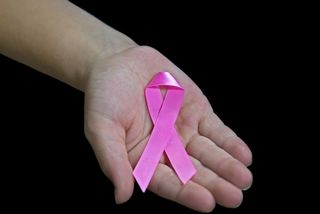
Feeling a lump in her breast can be the scariest moment in a woman's life. About one in eight women will be diagnosed with breast cancer at some point, most after age 50. There is no one type of breast cancer — many tumors are sensitive to the hormone estrogen, but some aren't; some express specific genes such as HER2 that respond to targeted drug treatment, while others do not. Certain genes increase a person's risk factor for cancer, the most common being mutated versions of two genes called BRCA1 and BRCA2. Alcohol use, delayed childbirth, obesity and exposure to radiation also increase the risk for cancer.
Although it's 100 times less frequent than in women, breast cancer can strike men, too. Just as men have vestigial nipples, they also have a little bit of breast tissue in the form of milk ducts that don't develop during puberty like a woman's do. These ducts can be susceptible to cancer.
Back-Up Breasts
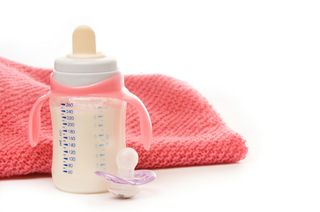
In the days before formula, a woman who struggled to nurse could see her child starve. Fortunately, there was often a solution: wet nurses, or lactating women who were paid to nurse other women’s babies. Upper-class women throughout history have often called in wet nurse to avoid the hassle of nursing themselves, or because it was simply the norm in their culture. In ancient Rome, for example, a structure called the Columna Lactaria may have been a site where wet-nurses for hire gathered, or perhaps it was a charity site where poor mothers could get extra milk for their babies.
Wet-nursing was a common practice in western Europe up through the 18th century, but it's now seen as unusual. Nevertheless, "cross-feeding," as it's known, is still done. In one high-profile incident in 2009, for example, actress Salma Hayek breastfed another woman's newborn in Sierra Leone during a charity trip. And some women informally share nursing duties with friends who also have babies (though pediatricians recommend turning to a milk bank instead, to ensure that milk is free from disease).
Is Bigger Better?

Not happy with your boobs? You're likely not alone, as breast augmentation is one of the most popular plastic surgeries, according to the American Society for Aesthetic Plastic Surgery (ASAPS). For instance, in 2011, ASAPS surgeons performed 316,848 breast-augmentation procedures. Breast implants are primarily one of two types: saline-filled and silicone-filled. The saline or silicon sac is implanted in a pocket either directly behind the breast tissue or underneath the pectoral muscle, which is located between the breast tissue and chest wall.
And while a boost in breast size has been shown to also lift a gal's self-esteem, there are health risks involved, including reactions to anesthesia, accumulation of blood that may need surgery to drain, and infection.
Sign up for the Live Science daily newsletter now
Get the world’s most fascinating discoveries delivered straight to your inbox.

Stephanie Pappas is a contributing writer for Live Science, covering topics ranging from geoscience to archaeology to the human brain and behavior. She was previously a senior writer for Live Science but is now a freelancer based in Denver, Colorado, and regularly contributes to Scientific American and The Monitor, the monthly magazine of the American Psychological Association. Stephanie received a bachelor's degree in psychology from the University of South Carolina and a graduate certificate in science communication from the University of California, Santa Cruz.
